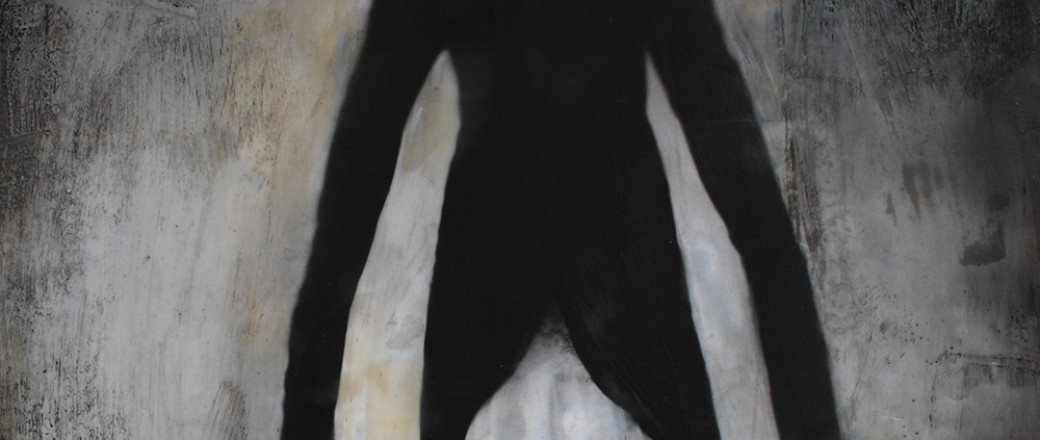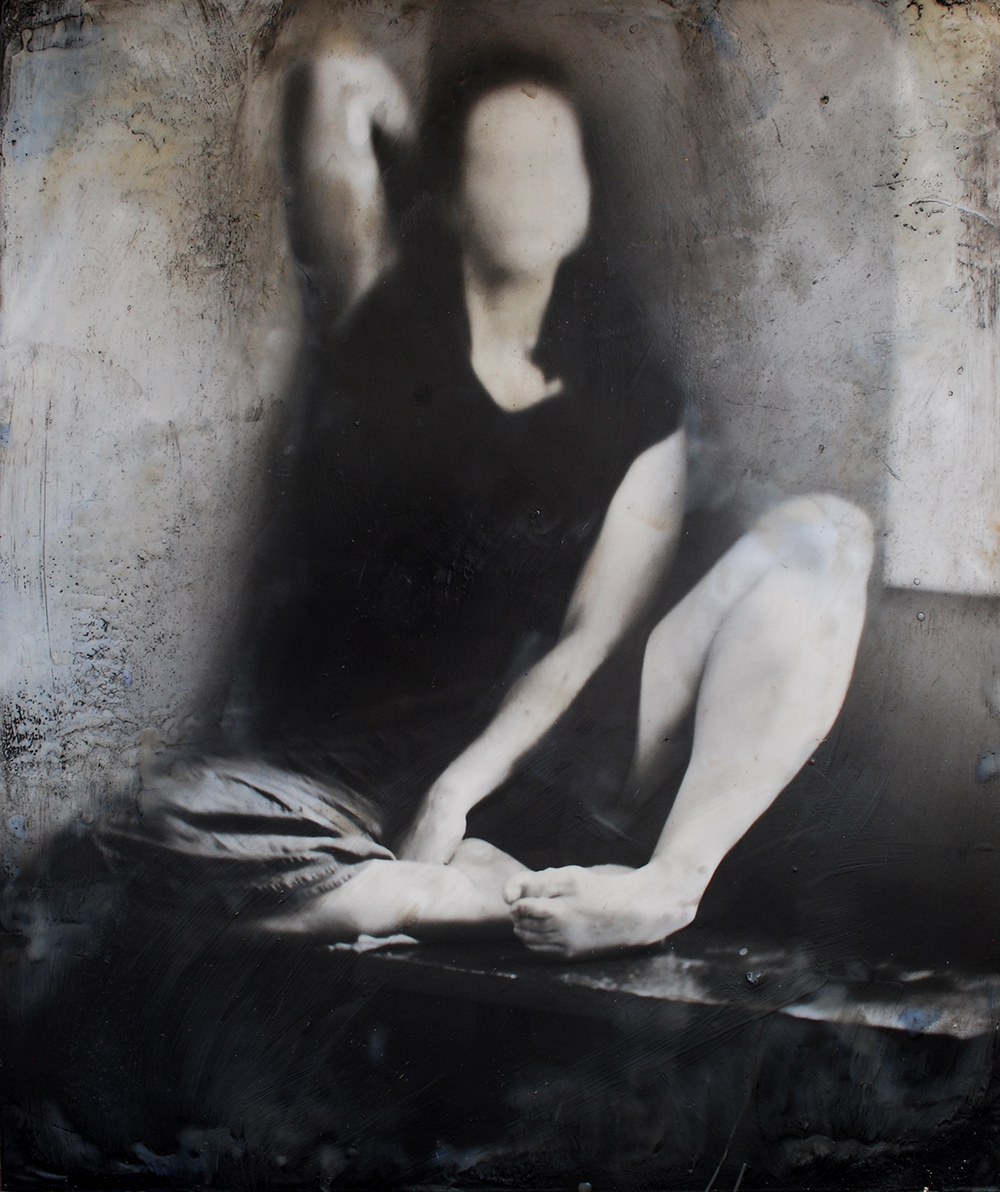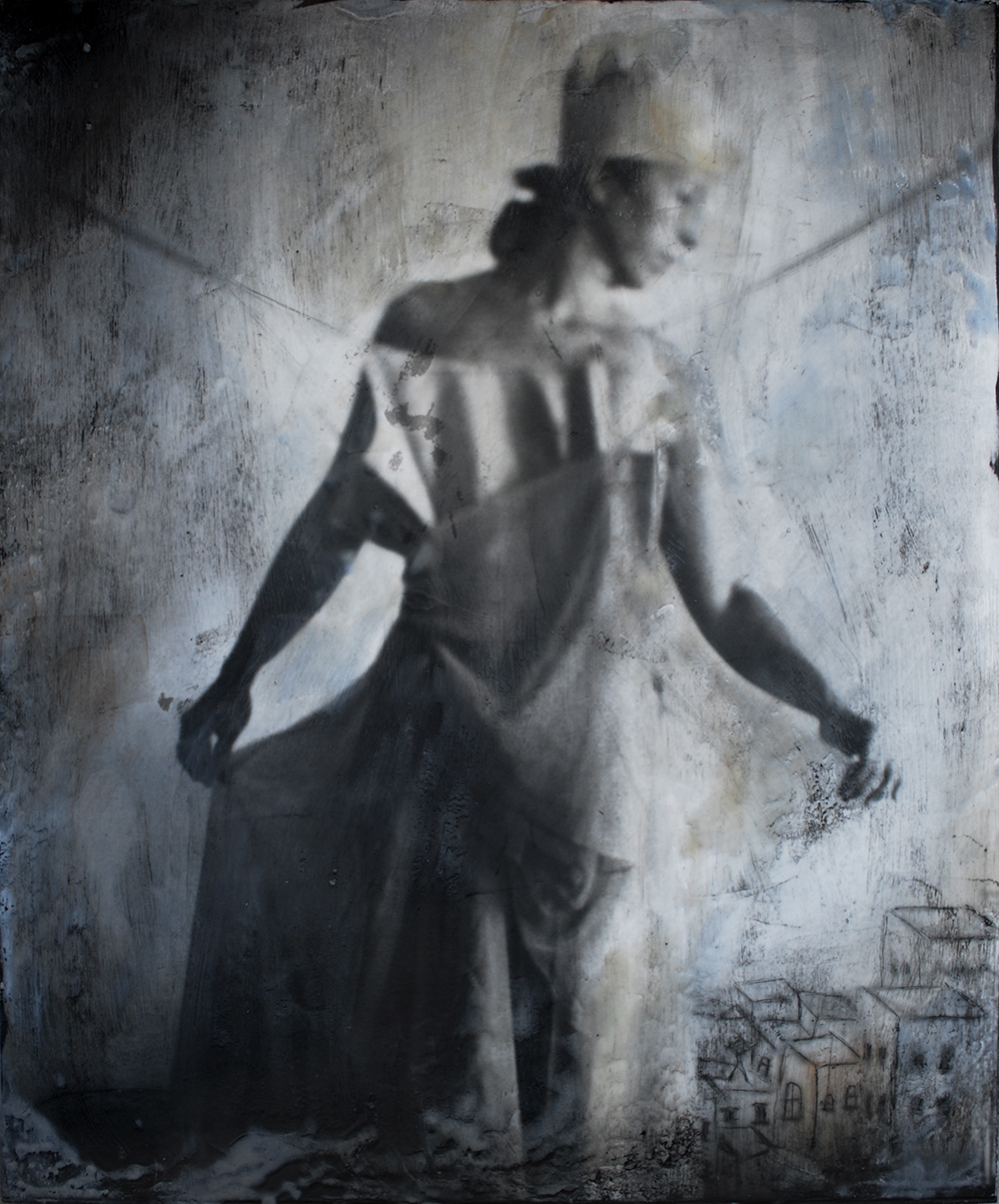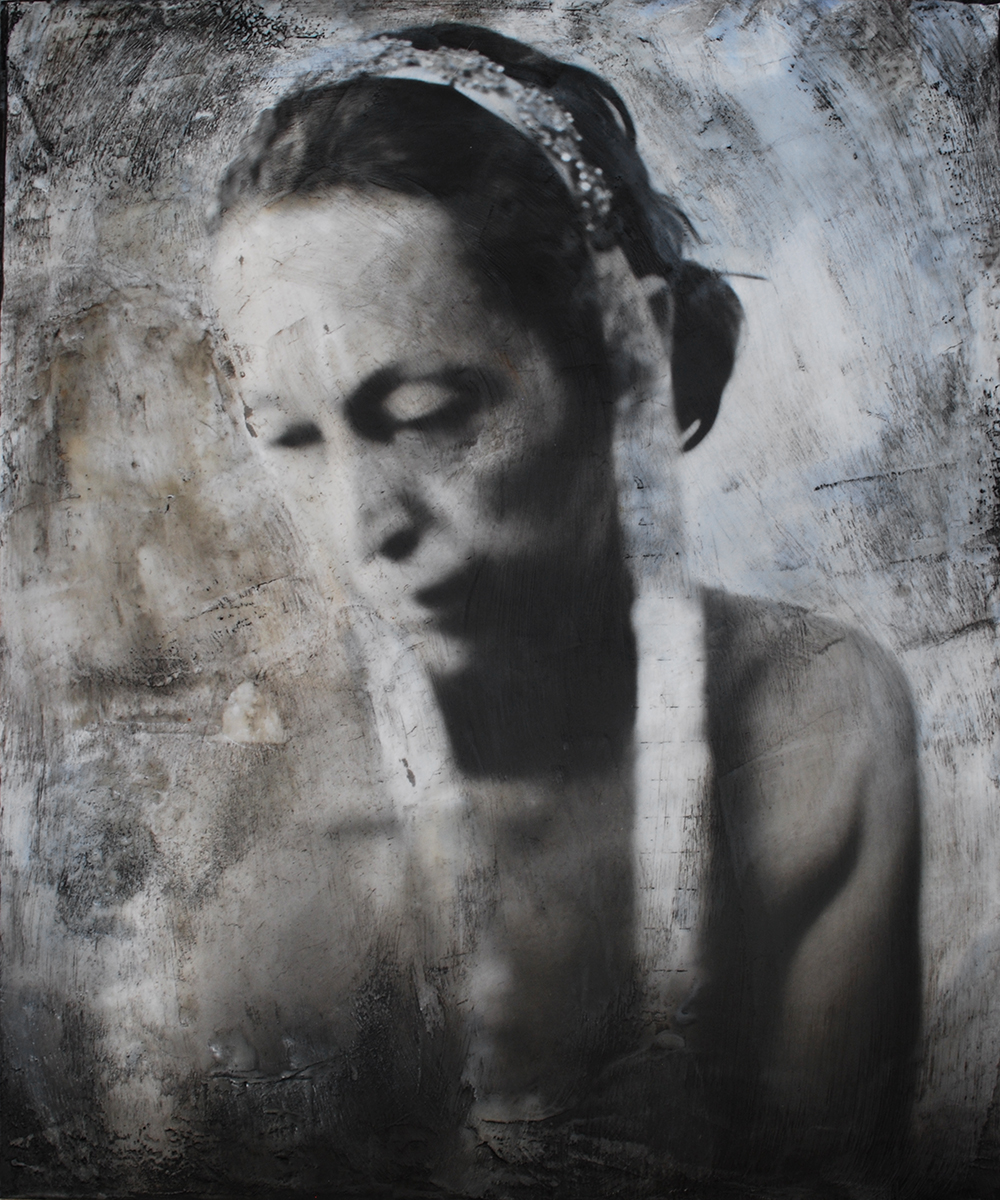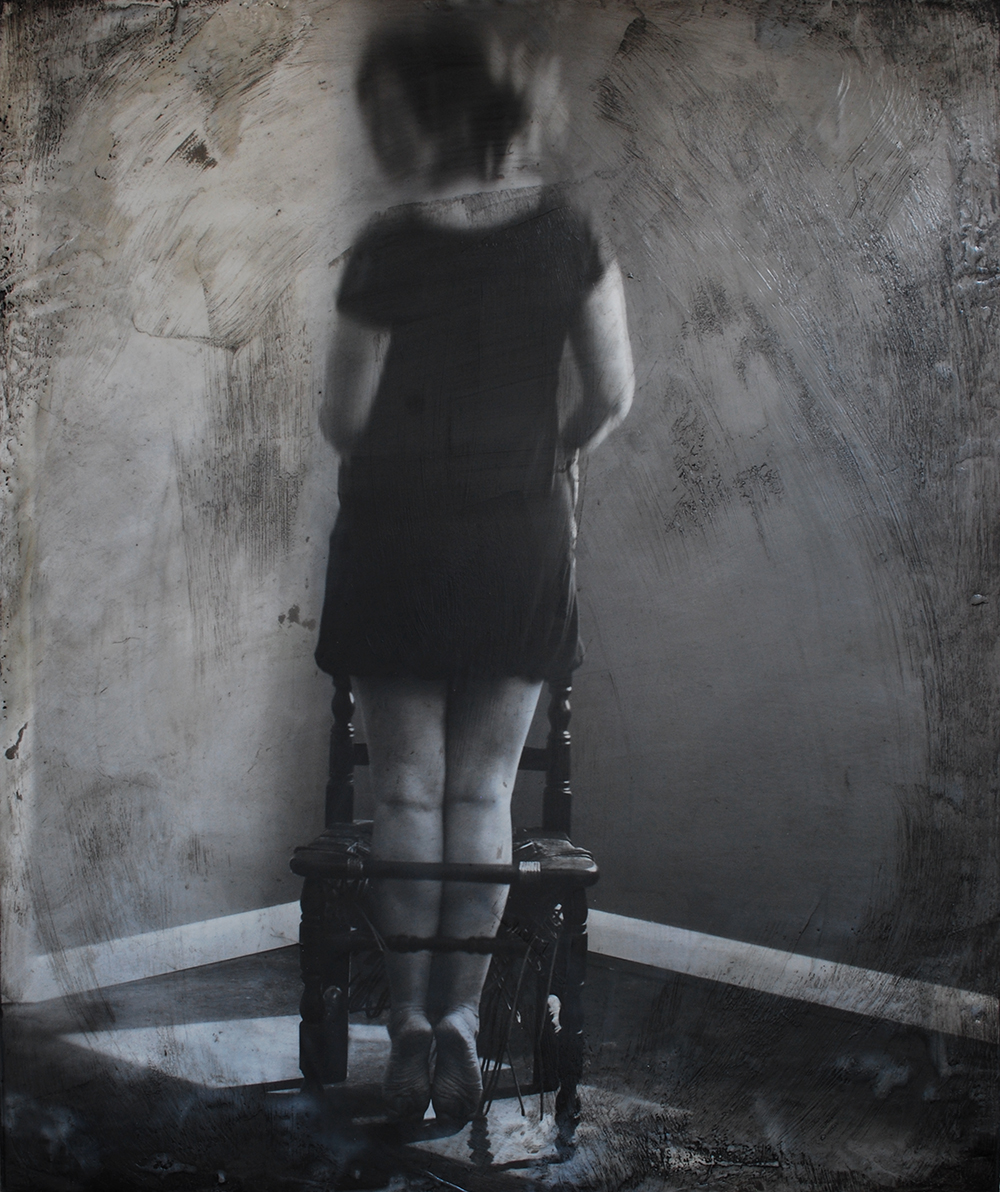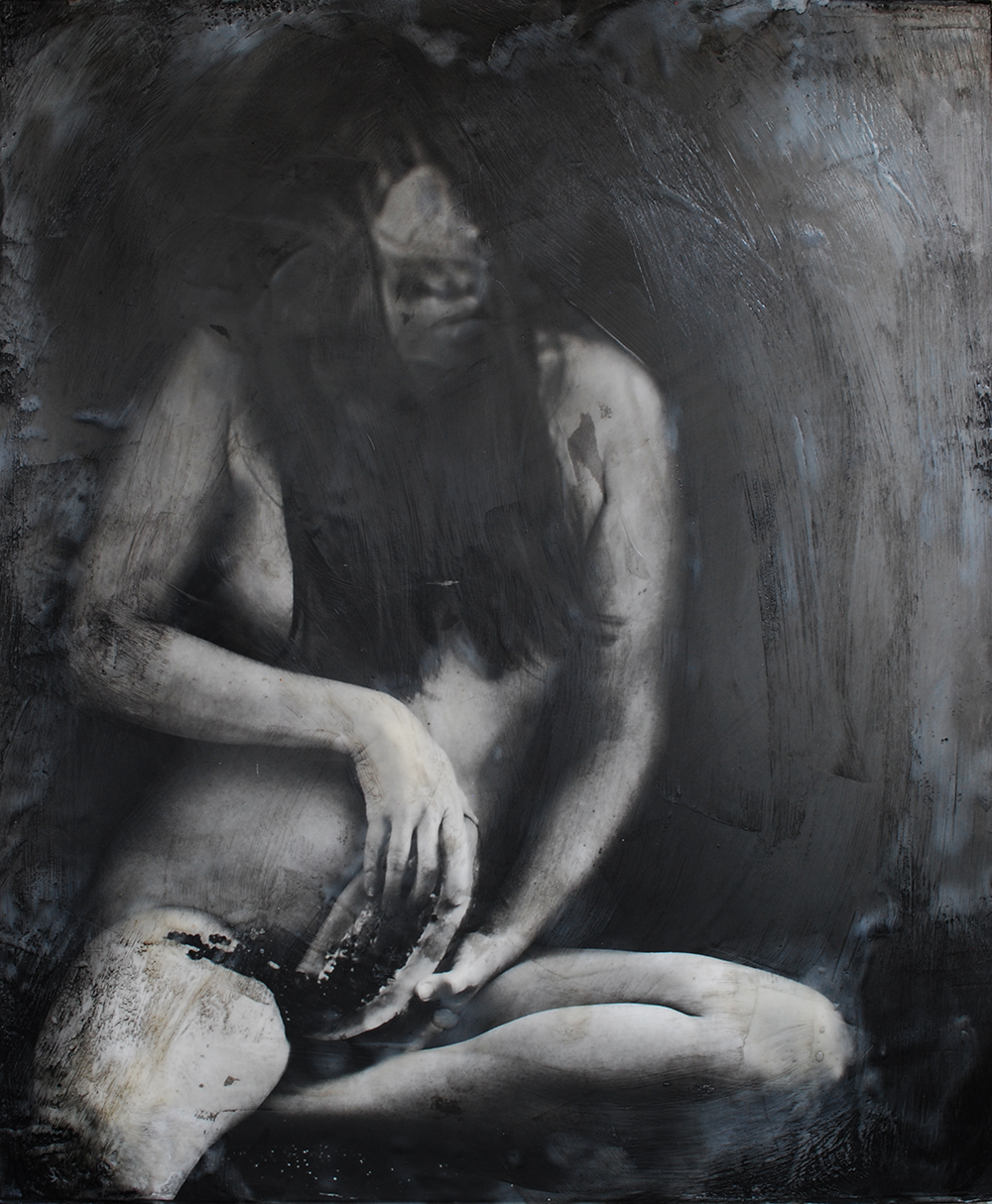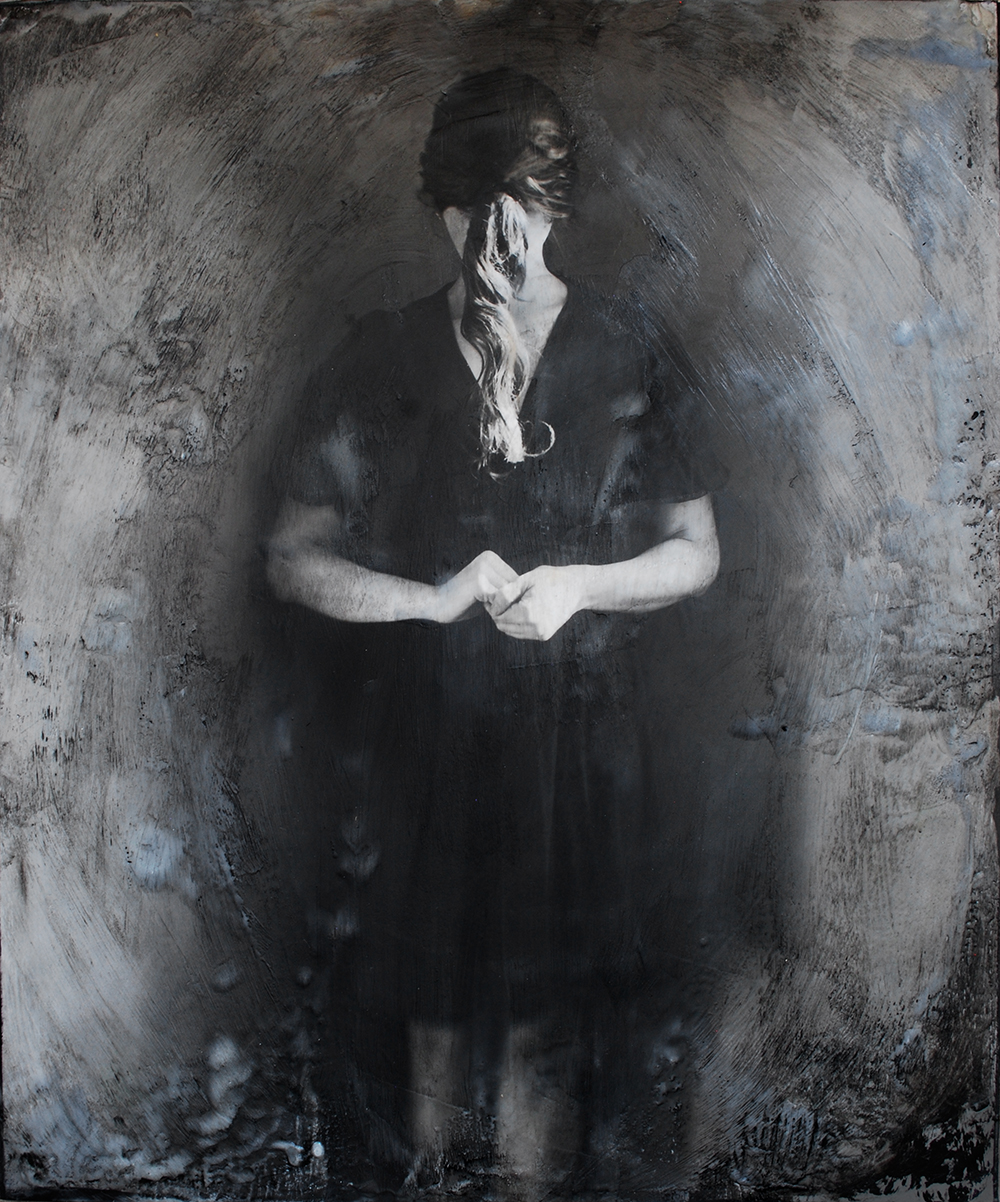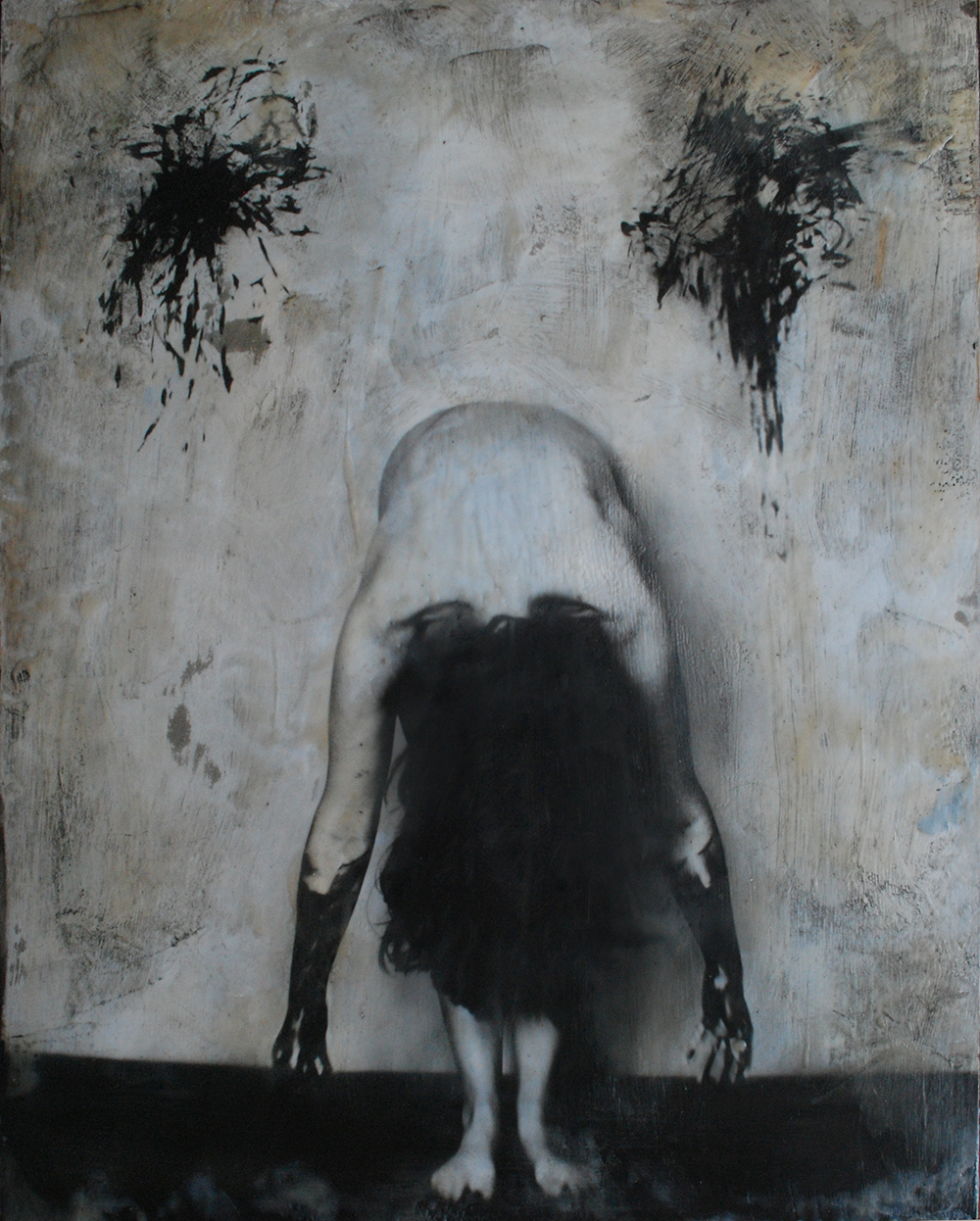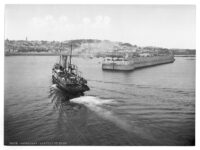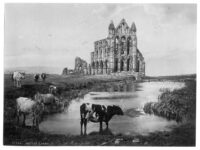Jessica Somers is a photographer specializing in historic and hand-made photographic techniques and self-portraiture. Her photographs explore the struggle and balance between the choices one makes and the uncontrollable circumstances that intervene with these choices.
Jessica’s work has been exhibited nationally, has been published in various periodicals and is represented by the Catherine Couturier Gallery in Houston, TX. Her research on alternative processes and select photographs are published in the 3rd edition of The Book of Alternative Photographic Processes by Christopher James to be released in 2015. Jessica currently teaches photography throughout Connecticut and for the Lesley University College of Art and Design in Boston.
1. How and when did you become interested in photography?
I’ve been close to the act of photo-making most of my life. My Grandfather was an avid amateur photographer who always had some new and exciting piece of equipment or film to experiment with. My parents printed their own black and white photos in our bathroom which they would convert into a darkroom at night. In the morning I would wake up and find all the new prints they created hanging to dry over the toilet. One night they woke my sister and I up and brought us into the darkroom/bathroom so we could make photograms of our hands. I remember witnessing actual magic as I stood over the chemical trays watching an image appear where only a simple white sheet of paper was before, I could see the outline of my hands sticking out of the fuzzy cuffs of my pajamas, it was so simple yet so detailed. I wanted to experience that moment of making a photo over and over again. I was given a Kodak disc camera at the age of seven; I began making my own photos and I just never stopped, it was a way for my quiet voice to say things right out loud and it still is.
2. Is there any artist/photographer who inspired your art?
I take my inspiration from so many places. Edward Weston was my first major influence. I love how he used elements that are inherently photographic such as tonal gradations, indirect light and a sharp lens to reveal the intricacies of common objects and places. The hours I spent consuming Weston’s photos and emulating his style in my early years as a photographer is one of the ways I learned to use photographic materials to visually communicate my thoughts.
I look to many artists outside of photography as well. Recently I have looked at the paintings of Egon Schiele and Amedeo Modigliani for information on physical tension, use of posture and human form. I love the novelist John Steinbeck and the way he expressed fundamental human need in beautifully worded phrases. The poems of Emily Dickinson remind me that even in dark moments it is the longing for something more than what you’ve been handed that can both save and destroy you. The words of Henry David Thoreau remind me to slow down and see all that there is right in front of me.
3. Why do you work in black and white rather than colour?
There is something beautiful about the subtle transitions from white to gray to black that makes me very happy, this is why I initially began working in black and white.
I like that black and white can remove the subject from a specific time and space. It masks information which for me adds an element of uncertainty, it poses questions instead of answering them. My work deals with questions that do not have concrete answers and the black and white aesthetic supports this.
Recently I’ve been thinking about the expectations that surround photography. It seems that a photograph is often thought of as a record of something true and real due to its 1:1 correspondence with reality. However, I feel a photograph can not adequately serve as a cataloging of a moment in time, photographs are formed from an individual photographer’s perception which is then further clouded by the viewer’s interpretation. Because of this I find the use of black and white instead of color, alternative photographic processes and the application of waxes and pigments on the surface of my photographs to be cues that this is an artform that, while having a foot in reality, the rest of its extremities exist in the realm of imagination and fabrication.
4. How much preparation do you put into taking a photograph/series of photographs?
It usually takes me a few years to complete a photographic series. First I start with a concept and then I try to visually convey that concept. The methods in which to do that successfully become clear to me through the repetition of making images with the initial concept in mind. I learn what camera angles, postures, props and processes illustrate my ideas through the creation of the work.
Sharing works in progress and listening to the reactions of the viewers helps me to understand if what I’m trying to convey comes through in the image. Sometimes it is hard to share a work in progress that I do not yet have full confidence in but allowing my work to be seen and listening to the opinions of others really helps me not only complete the work but identify the audience for the work.
The act of making the photographs is a process in itself. Because the photos are staged self-portraits I get to contort my body or work with cumbersome props which definitely influence my expression and pose. The final execution of the print is also very physical since I work with encaustic wax and oil stick. I get to paint, melt and distress the surface of the photos through the application of my materials. The outcome is somewhat unpredictable so there is always an element of chance which keeps things exciting. You could almost say that the work is performance because the taking and making of the photos is so physical.
5. Where is your photography going? What projects would you like to accomplish?
I have a project in the works that plays off of the idea in my current series on how female identity is influenced. The new work considers how the photographer and the medium of photography itself have influence over how one identifies with a place or object. With this in mind I have been attempting to make photographs with as little influence from the photographer as possible. To achieve this I use camera-less images made in physical contact with a natural environment. Through exposure and partial processing of the negative, the markings of the biological makeup of the environment in concert with chemistry and film are recorded. The result is very different from my current work, the images are abstract and are a collaboration between photographer and environment. Working this way is a nice break from self-portraiture and still allows for an element of uncertainty in the work since it relies so heavily on the unpredictability of the natural environment. I do plan to return to self-portraiture and visual metaphor in upcoming projects.
My photography constantly forces me to think of creative ways to express emotion. It makes me look at what obstacles I face in my personal life and then step back and consider those obstacles on a universal scale. In this way my photography leads me to understand the world around me better. I hope that is where my photography is always going.
Website: www.jessicasomers.com

